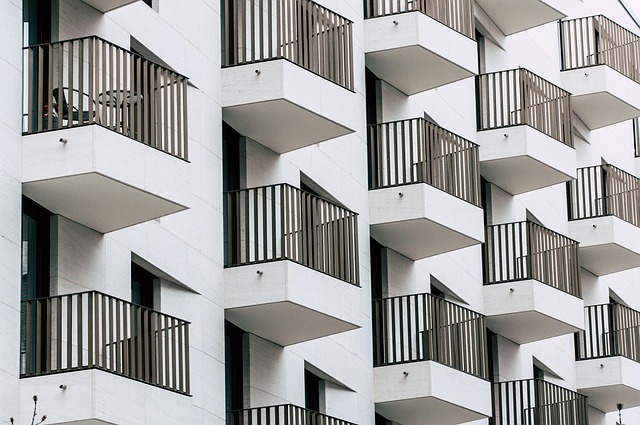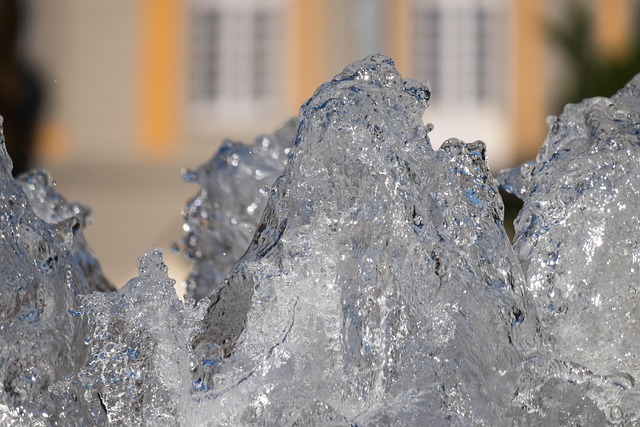To increase water pressure, first identify its source by checking faucets, pipes, and appliances for leaks, corrosion, or buildup. Regularly inspect and maintain these areas, replacing blocked components or cleaning mineral deposits to prevent low pressure. Test water pressure across all fixtures using a gauge (ideal range: 40-60 PSI) and target adjustments to low-pressure areas for efficient resolution.
Are you tired of weak or inconsistent water pressure in your home? Don’t panic; there’s no need to call a plumber until you’ve explored these simple, DIY solutions. This guide walks you through identifying and addressing low water pressure issues without breaking the bank. From flushing out sediment buildup to installing a water pressure regulator, learn how to restore robust pressure throughout your home.
- Identify the Source of Low Pressure
- – Check fixtures and appliances
- – Test water pressure at different taps and devices
Identify the Source of Low Pressure

Low water pressure in your home can be a frustrating issue, but identifying the source is the first step to solving it. Start by checking your faucet handles and valves for any leaks or loose connections. Even a small drip can significantly reduce water pressure throughout your entire house. Next, inspect the pipes under sinks and in walls for corrosion or damage. Over time, mineral buildup can narrow pipes, restricting water flow. Finally, examine your water heater for sediment accumulation, which can restrict hot water output and contribute to overall low pressure. Once you’ve located the problem area, you’ll have a better understanding of how to increase water pressure effectively.
– Check fixtures and appliances

Before diving into more complex solutions, it’s wise to start with a simple check of your home’s water fixtures and appliances. Often, low water pressure can be attributed to issues at the source rather than a larger plumbing problem. Inspect your faucets, showerheads, and other water outlets for any signs of damage or mineral buildup. A blocked aerator or clogged pipes can significantly reduce water flow. Regularly cleaning these components or replacing affected fixtures can instantly improve your home’s water pressure. Additionally, examine your appliances that use water, such as the washing machine or dishwasher. Ensure they are properly connected and not leaking, as even subtle leaks can decrease overall water pressure in your house.
– Test water pressure at different taps and devices

Before attempting any adjustments, it’s crucial to understand the current water pressure across your home. Start by testing the pressure at various fixtures—from showerheads and faucets in every room to appliances like dishwashers and washing machines. This step is essential as it helps identify areas experiencing low pressure and those that might be operating within a normal range.
Use a pressure gauge, available at most hardware stores, to measure the pressure at each location. Normal household pressure typically falls between 40-60 PSI (pounds per square inch). If your readings consistently fall below this range, it’s a good indicator that you need to boost your water pressure.
Increasing water pressure in your home can be achieved through simple, DIY methods. By first identifying the source of low pressure—whether it’s due to blocked fixtures, leaky pipes, or air in the lines—you can take targeted actions like clearing obstructions, fixing leaks, and flushing out air pockets. These steps, combined with regular maintenance, can significantly boost your home’s water pressure without requiring a plumber’s assistance.
